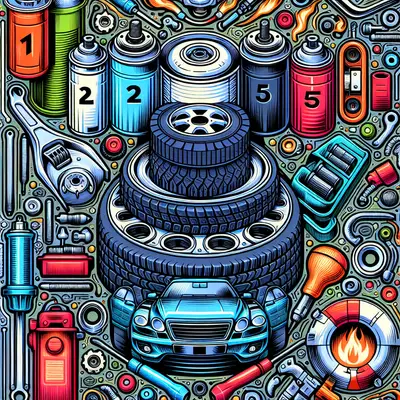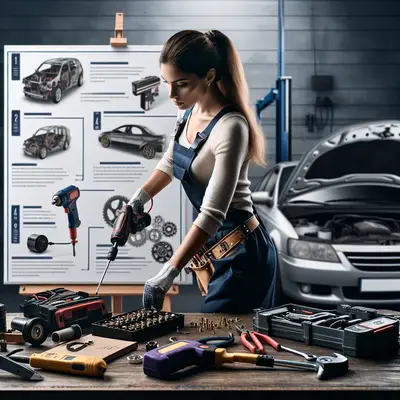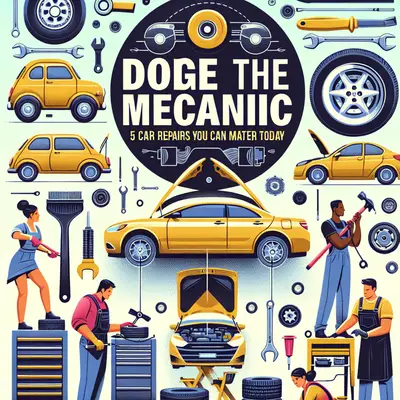1. Changing a Flat Tire
The dreaded flat tire is a common mishap that every driver faces at some point. However, you don't need to call for help every time. You’ll require a car jack, lug wrench, and a spare tire. First, use the lug wrench to loosen the lug nuts. Next, jack up the car and remove the lug nuts completely. Pull the tire off, put the spare on, replace and tighten the lug nuts, lower the car, and you're done!
2. Replacing Worn-Out Brake Pads
Worn-out brake pads can severely compromise your safety. To replace them, start by removing the wheel. Take off the caliper so the brake pads slide out through the top. Replace the old pads with new ones, secure the caliper, and then replace the wheel. Ensure you check the brake fluid level after this process.
3. Fixing a Leaky Radiator
A leaking radiator can cause your car to overheat. To fix this, remove the radiator cap and drain the coolant. Use radiator leak sealant to plug the leak and refill the radiator with coolant. Remember to check for any leaks after the repair.
4. Replacing a Dead Battery
A dead battery can leave you stranded. To replace it, start by removing the negative cable (usually black) from the old battery, followed by the positive one (usually red). Remove any screws or clamps holding the battery in place, lift it out, and put the new one in its place. Attach the positive and then the negative cable to the new battery.
5. Changing the Oil
Regular oil changes can enhance your car's performance and longevity. For this, you'll need to jack up your car, locate the oil plug and drain the old oil. Replace the oil filter, and then refill your engine with fresh oil. Ensure you dispose of the old oil responsibly.
Conclusion
Understanding the basics of auto repair not only makes you more independent but also saves you money and time. So, next time a minor issue pops up, don't panic; remember these tips and put your DIY skills into action. Happy repairing!



